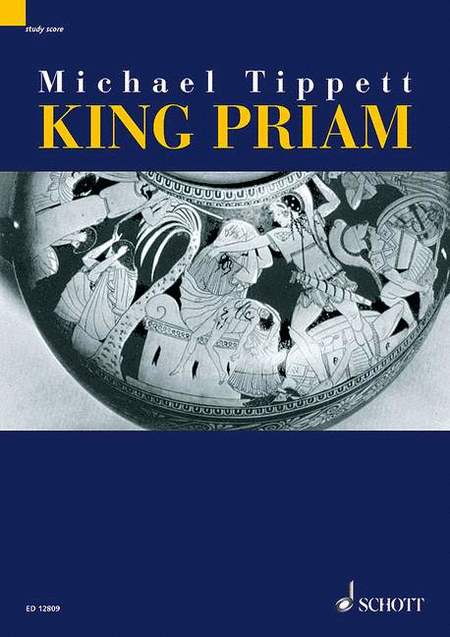Digital Download SKU: S9.Q6264 Opera in three acts. Composed by Sir Michael Tippett. This edition: study score. Downloadable, Study score. Duration 125' 0. Schott Music - Digital #Q6264. Published by Schott Music - Digital (S9.Q6264). English â?˘ German.Music of iron and bronze, appropriate to its Trojan War settingâ??of fanfares and percussion tattoos, but with plangent windows of orchestral and vocal beautyâ??Tippettâ??s second opera is unlike his first in every respect except that of the immediacy and fullness with which it portrays the feelings and predicaments of a variety of characters. We understand the warmth and anxiety of Andromache, the majestic command of Hecuba and the erotic charge that runs through Helenâ??the Trojan women who come together at the start of the third act, and who double as the goddesses among whom Paris has to choose at the end of the first. We understand, too, the varieties of blindness and determination inside the male characters who dominate the central act, set on the Trojan plain. Chief among them are Achilles, singing with the vehemence but also the tenderness of a hero, and the troubled Priam, whose tragedy this essentially is, a tragedy multiplied many times over, because it brings about those of so many others.That central, determining tragedy results from Priamâ??s decision to sacrifice his young son Paris and thereby go against his instincts, a decision he takes to forestall a prophesy that Paris will bring about his death. Everything that takes place thereafter unfolds on this battleground between necessity and desire, a battleground on which there can be no conquerors, only casualties.(Paul Griffiths)2 Flutes (doubling 2 piccolos), Oboe, Cor Anglais, Clarinet, Clarinet in Eb, Bass Clarinet, Bassoon, Contrabassoon, 4 Horns in F, 4 Trumpets, 2 Trombones, Tuba, Timpani, Percussion (3 players): Snare Drum, Bass Drum, Cymbal, Wood Block, Tambourine, Triangle, Tam-tam, Xylophone; Harp, PIano (doubling Celesta), Guitar, Strings (6.0.4.4.2 minimum).
